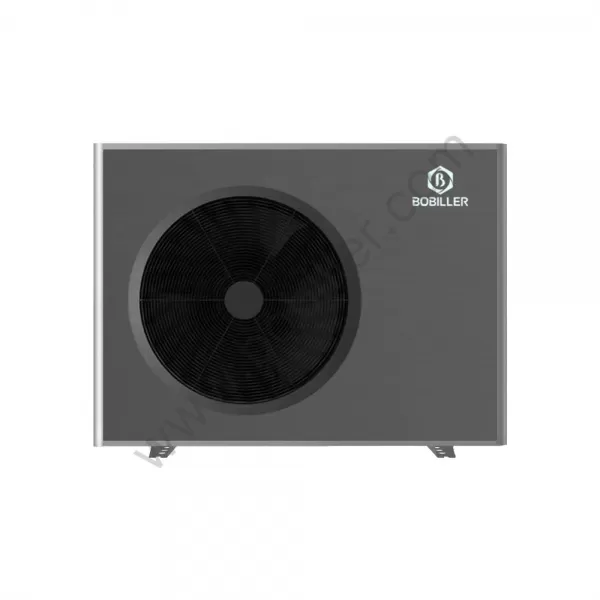A heat pump heating system is an energy-efficient technology used to heat (and often cool) buildings by transferring heat rather than generating it through combustion. Unlike traditional heating systems that burn fuel or convert electricity directly into heat, heat pumps move heat from one place to another using a refrigeration cycle.

Heat pumps operate on the principle of heat transfer, which is facilitated by a refrigerant circulating through a cycle of evaporation and condensation. The key components of a heat pump system include an evaporator, a compressor, a condenser, and an expansion valve.
Evaporation: The refrigerant absorbs heat from the outside air (even in cold weather) and evaporates into a gas in the evaporator coil.
Compression: The gaseous refrigerant is compressed by the compressor, raising its temperature and pressure.
Condensation: The hot, high-pressure gas flows into the condenser coil inside the building, releasing its heat to the indoor air and condensing back into a liquid.
Expansion: The liquid refrigerant then passes through the expansion valve, lowering its pressure and temperature, and the cycle repeats.
There are several types of heat pumps, each suited to different environments and applications:
Air Source Heat Pumps (ASHP): These are the most common type and extract heat from the outside air. They are easy to install and relatively affordable but can be less efficient in extremely cold climates.
Ground Source Heat Pumps (GSHP): Also known as geothermal heat pumps, these systems extract heat from the ground. They are more efficient than ASHPs, especially in colder regions, but have higher installation costs due to the need for underground piping.
Water Source Heat Pumps: These systems use water sources, such as lakes, rivers, or wells, as the heat exchange medium. They are efficient and can be used in a variety of climates but require proximity to a suitable water source.
Hybrid Heat Pumps: These systems combine a heat pump with a traditional heating system, such as a gas furnace, to provide efficient heating in a wide range of conditions. The system switches between the heat pump and the furnace depending on the temperature and energy efficiency.
Previous: None.
Copyright:@2020-2021
Comments Please sign in or sign up to post.
0
0 of 500 characters used